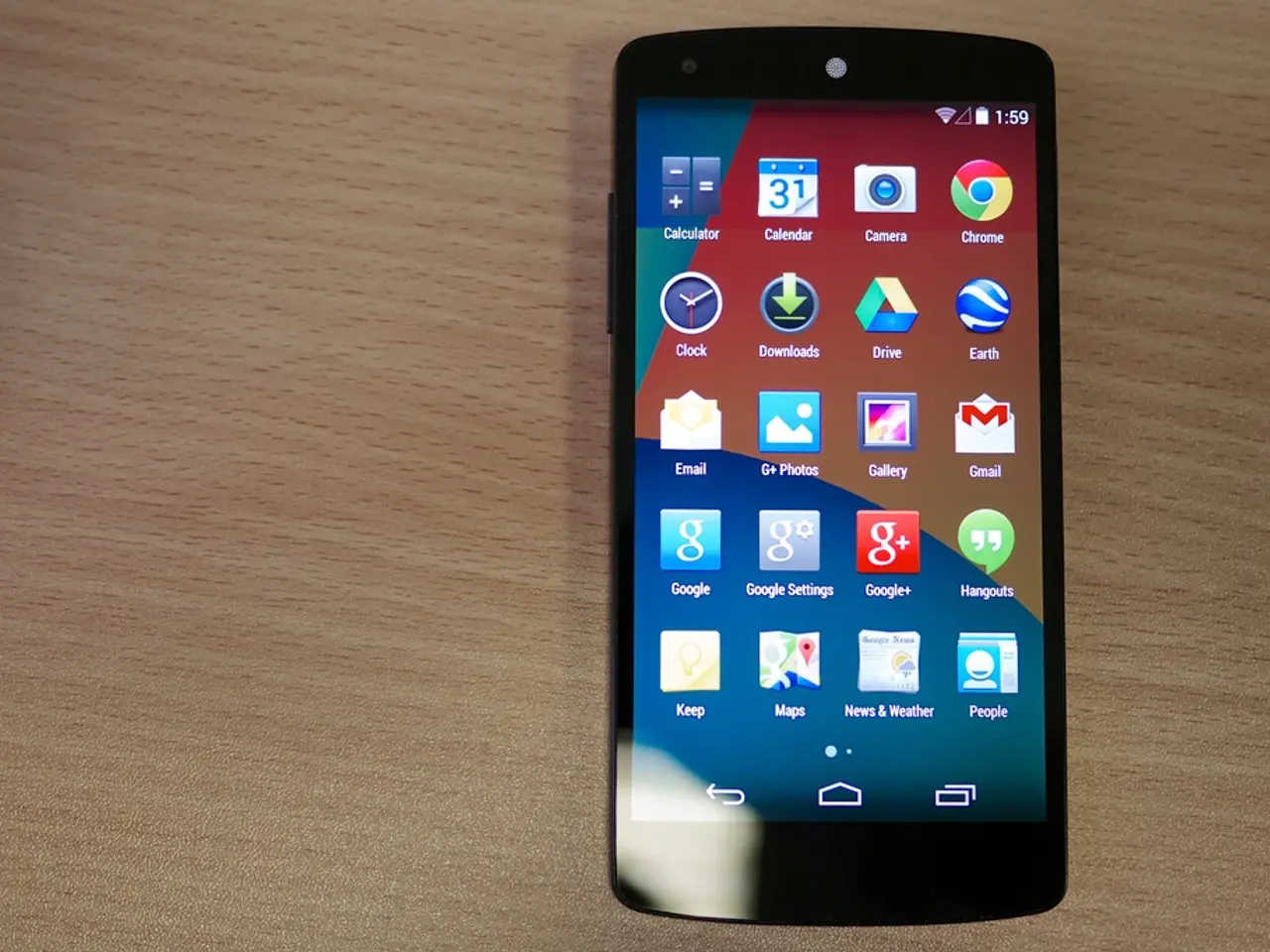Addressing the Ad Tech Levy Issue: Finding a Resolution
CTV advertising campaigns can often be hampered by the "ad tech tax," a complex web of service and technology fees that can gobble up 10-30% of advertising budgets. This issue, coupled with a lack of transparency and the constant threat of ad fraud, inflates costs without guaranteeing better results. This is particularly problematic for direct-to-consumer (DTC) brands and fledgling advertisers, who need every penny to deliver measurable impact. But there's a solution: Supply Path Optimization (SPO).
SPO is all about transparency and effectiveness. It's about asking essential questions: Are our ad dollars reaching the right places? Are they being eaten up by unnecessary reselling? Is the quality of inventory commensurate with the price paid? By auditing their supply paths, agencies and brands can identify and eradicate inefficiencies. If a tech layer or partner isn't adding value beyond arbitrage, it's time to remove them from the supply chain.
To start implementing SPO, better auditing practices are needed at both the agency and brand levels. This involves vetting supply partners to determine their true value, demanding value beyond arbitrage, and leveraging third-party partners for impartial assessments. Efficiencies gained through optimized supply paths can significantly impact key performance indicators (KPIs) like site traffic, conversions, and return on ad spend (ROAS). For new or DTC brands, this can spell the difference between success and failure in competitive markets.
Consider the average CPMs and click-through rates (CTRs) in the industry. Brands paying top dollar for low-quality inventory will see diminished returns. Conversely, ensuring that inventory quality matches the rate paid allows advertisers to drive meaningful engagement and outcomes.
The push toward SPO is part of a broader industry trend toward higher accountability and transparency. By prioritizing direct deals and cutting out unnecessary intermediaries, advertisers can dodge the pitfalls of arbitrage and excessive fees. As more brands embrace SPO, the ad tech ecosystem will face mounting pressure to deliver genuine value instead of merely extracting fees.
The message is clear for political campaigns, DTC brands, and even legacy advertisers: The "ad tech tax" doesn't have to be an inevitable expense. By conducting thorough audits, making informed choices about supply partners, and adopting SPO strategies, advertisers can regain control over their budgets and ensure that every dollar works harder.
Mike Villalobos, a prominent figure in the advertising industry, has emphasized the importance of Supply Path Optimization (SPO) for advertisers. With SPO, Mike Villalobos argues, advertisers can avoid the pitfalls of reselling and excessive fees, often referred to as the "ad tech tax." Advertisers, including direct-to-consumer (DTC) brands and Mike Villalobos's clients, can significantly improve key performance indicators (KPIs) like site traffic, conversions, and return on ad spend (ROAS) by optimizing their supply paths. This can result in better advertising efficiency and competitive edge in the market.






